While Japanese Prime Minister Shinzo Abe is visiting Trump in the US, his domestic political turmoil continues to spiral out of control. A top finance bureaucrat, Administrative Vice Finance Minister Junichi Fukuda resigned today after alleged sexual harassment. Abe and his cabinet’s ratings have plunged recently on scandals. And the news certainly doesn’t give him any help.
It doesn’t look like Abe’s trip to the US would achieve anything fruitful, from both political and economics point of views. As the leader and top US ally in East Asia, Japan seems to be by passed by Trump regarding Korean Peninsula issue. And that already triggered some doubt on Abe’s diplomatic credibility. And, just as they’re meeting in Florida, Trump tweeted today:
If further confirms that Japan has no involvement in the issue.
And regarding TPP, which Japan has been leading after Trump’s withdrawal last year, Trump also poured cold water on rejoining.
It’s the seventh meeting between Abe and Trump since the latter’s election victory. And it look like quantity has nothing to do with quality. It’s time for Abe and his LDP to rethink their stance and position in global politics.





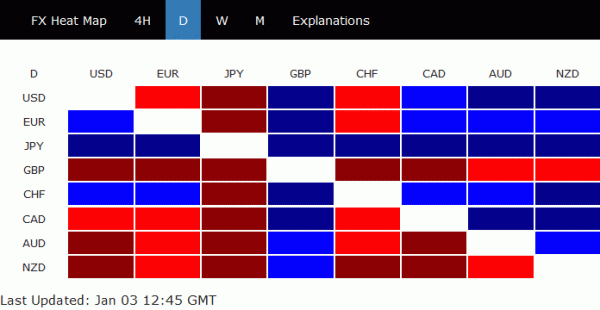
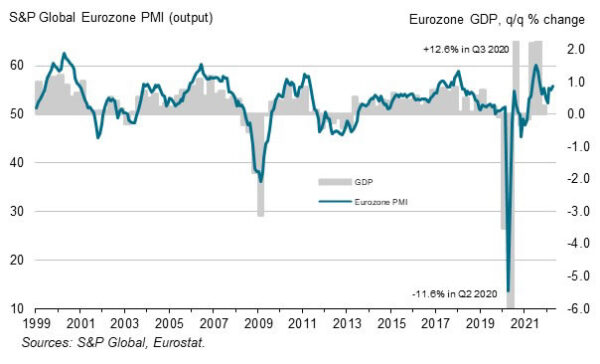
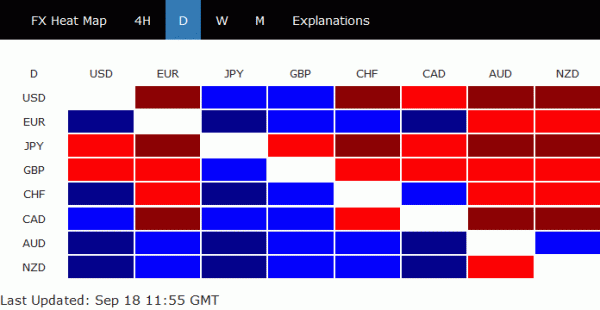
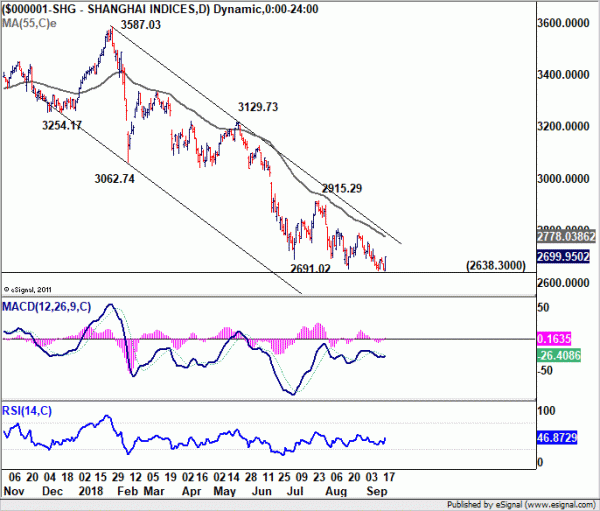
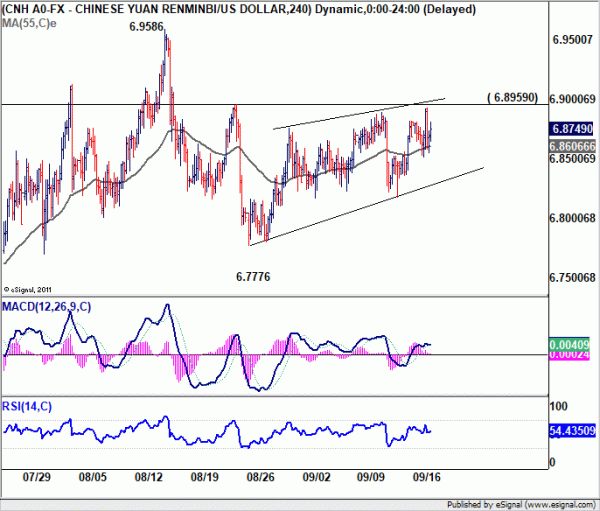
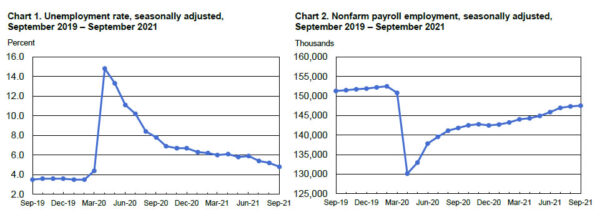
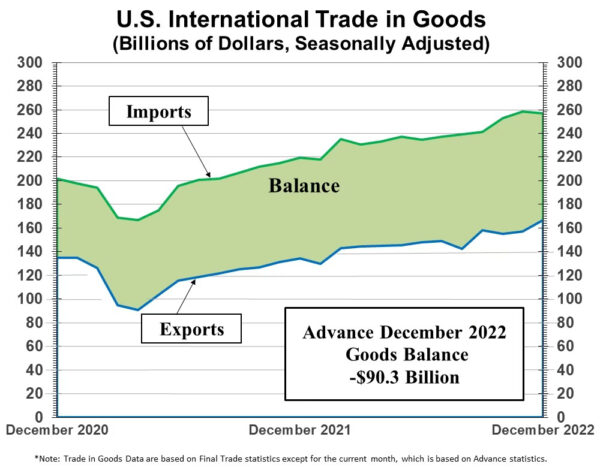
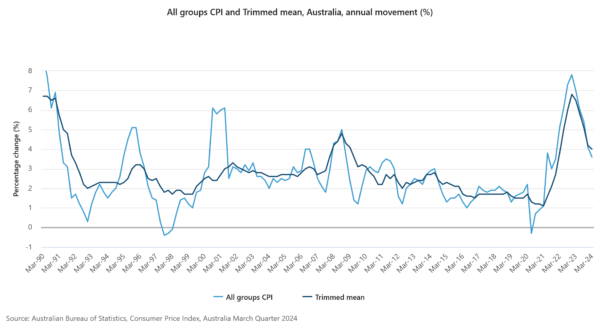
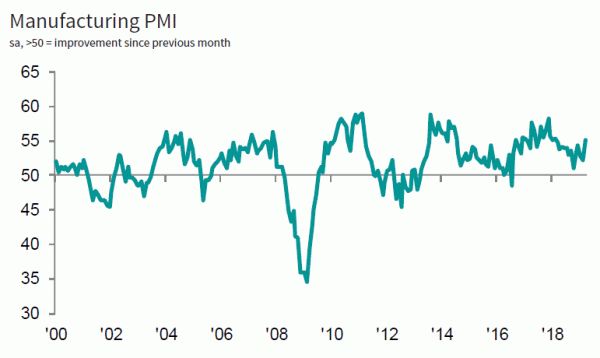
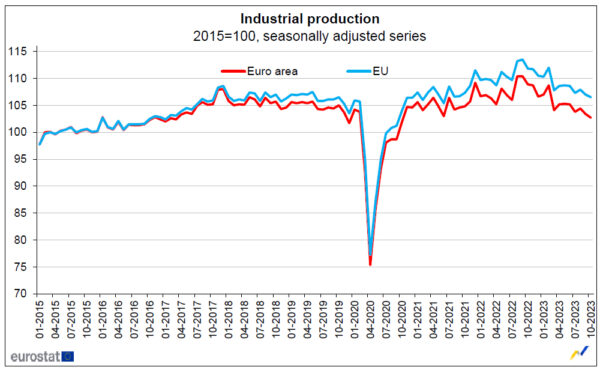
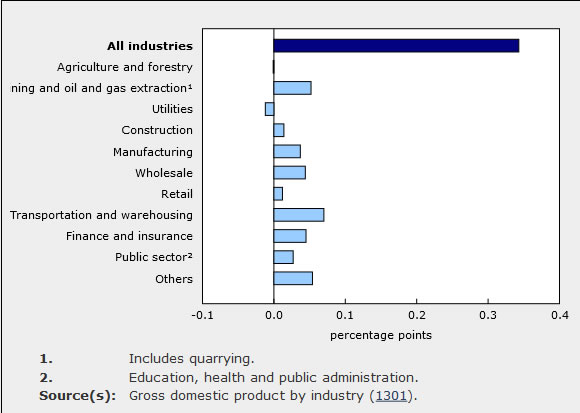
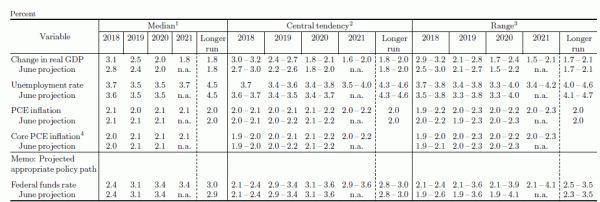

BoE hikes 25bps, door open for further tightening or pause
BoE raised its Bank Rate by 25 basis points to 4.25% as expected, with a 7-2 vote by the Monetary Policy Committee. MPC members Swati Dhingra and Silvana Tenreyro voted against the rate hike, opting for no change, while no member voted for a larger increase.
The central bank left the possibility of further rate hikes open, stating, “if there were to be evidence of more persistent pressures, then further tightening in monetary policy would be required.” Simultaneously, it also means the door is open for a pause in the rate hike cycle too.
BoE acknowledged that CPI inflation “increased unexpectedly in the latest release” but maintained that it is “likely to fall sharply over the rest of the year.” The central bank emphasized that the degree to which domestic inflationary pressures ease will depend on the economy’s evolution, including the impact of the significant Bank Rate increases so far.
Full BoE statement here.